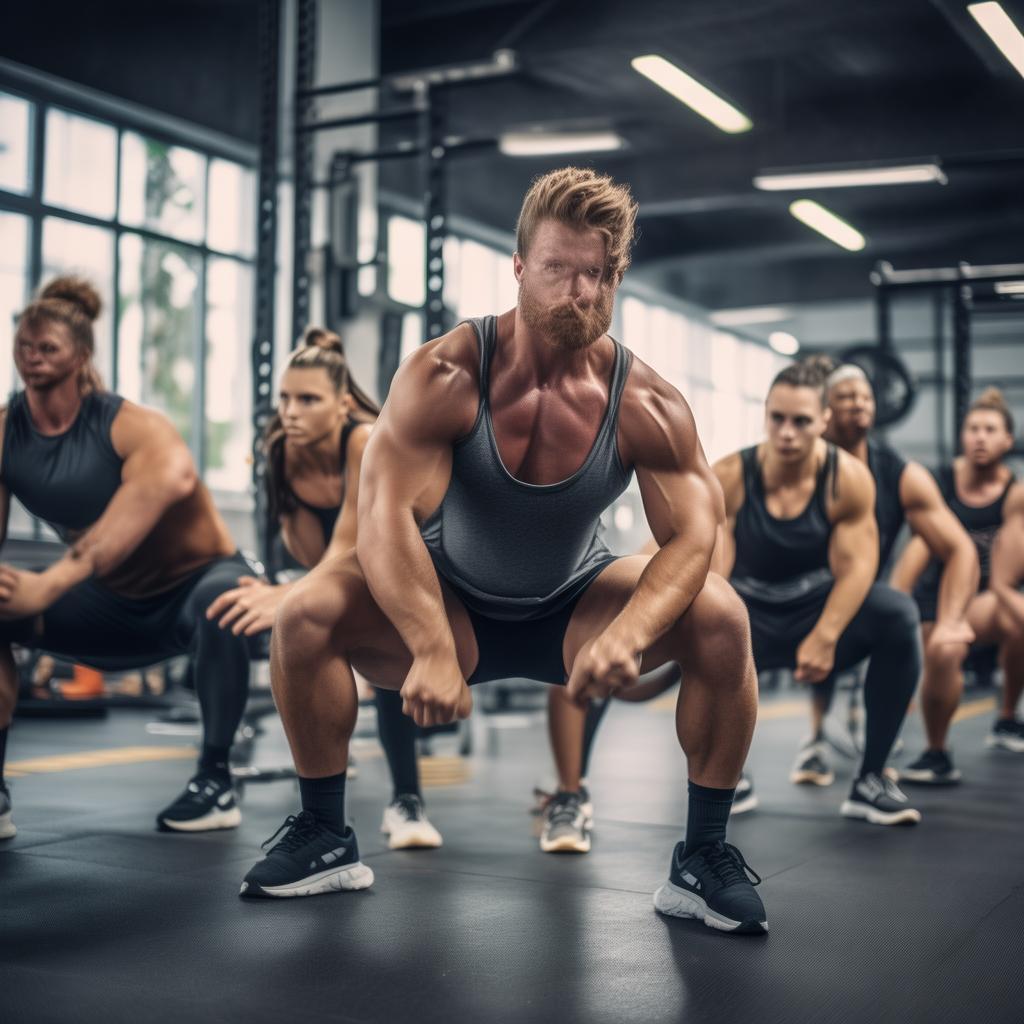The Significance of Full – Range Deep Squats
Many fitness lovers are fond of deep squats, yet they often wonder whether to lower themselves all the way down and how deep to squat for better muscle development. When it comes to general fitness movements, a full – range of motion is usually required. For example, when doing barbell curls or barbell rows, people tend to perform the full range rather than half of it. Deep squats are no exception. A full – range deep squat engages more muscle fibers. When you can squat all the way down and then stand up, muscles like the gluteus maximus, biceps, and quadriceps are better involved in the movement. Doing half – squats is often due to a fear of hard work or a false pursuit of a heavier weight in the mind, which is self – defeating.
The Problem with Half – Squat Training
In the gym, many fitness enthusiasts do half – training squats. Although they may be able to lift heavier weights this way, in fact, these heavier weights do not provide good muscle stimulation. On the contrary, they cause more damage to the joints and put greater pressure on them, which is not worth the effort. It is better to use standard movements to do full – range squats with relatively lighter weights, which will have a more desirable effect on muscle training.
The Purpose of Squat Training
Using large weights is just a means to an end. One should not put the pursuit of weight at the forefront. If your ultimate goal is to compete in powerlifting competitions, then the squat must be a full squat. In a powerlifting competition, the hip joint should be lower than the knee joint when squatting, and only then can the movement be considered standard. So, no matter what the purpose of training is, the full squat should be the main exercise.
Limitations of Squatting
Not everyone can squat all the way down. There are several factors that affect a person’s ability to do a full – range deep squat.
Height and Leg Length
Generally, the taller a lifter is, the more difficult it is to squat. Longer femurs and torsos increase the distance the weight has to travel and the distance between the weight and the base of support (the feet), increasing leverage and difficulty. Adopting a wider – than – normal squat stance can partially alleviate these problems, but it may reduce stress on the quadriceps and increase the load on the adductors or inner thighs.
Hip Flexibility
Tight hip muscles are a common problem among many fitness enthusiasts. Tight hamstrings, which cross – wrap the knee and hip joints, can physically prevent the hips from flexing when squatting deep. Trying to squat deeper may lead to a “hip wink”, where the pelvis lowers and the lower back rounds. Hip inflexibility and the “hip wink” can cause injuries, especially when lifting heavy weights, as rounding the lower back increases stress on the discs and spinal ligaments.
Joint Obstruction
The knee joint is a synovial hinge joint. Synovial joints are prone to wear and tear, which can affect their range of motion and manoeuvrability. Long – term training or older age may make it impossible for the knee joint to squat deep. Previous knee injuries may also rule out deep squats. Therefore, joint protection is crucial.
Weight
Among the above factors, the problem of excessive weight is somewhat manageable. Many fitness enthusiasts do not squat deep enough to handle heavier weights and do more reps. However, this is often self – deception. Squatting deeper with lighter weights is more effective, and sacrificing correct movement for heavier weights is not advisable.
These factors explain why some people can squat deeper than others and why some cannot do a full – range deep squat. Some factors, such as height, leg length, and knee health, are unchangeable. It should be remembered that if your own condition does not allow for a full – range deep squat, there is no point in forcing it. Instead, choose a deep – squat depth that gives the desired results and has the lowest injury risk. There is no need to use too heavy a weight, and don’t be intimidated by overly deep squats. A back injury caused by a “hip wink” may prevent you from doing squats altogether. In conclusion, squat all the way down if you can, within your capabilities!





